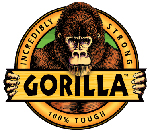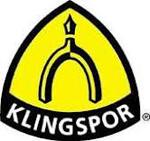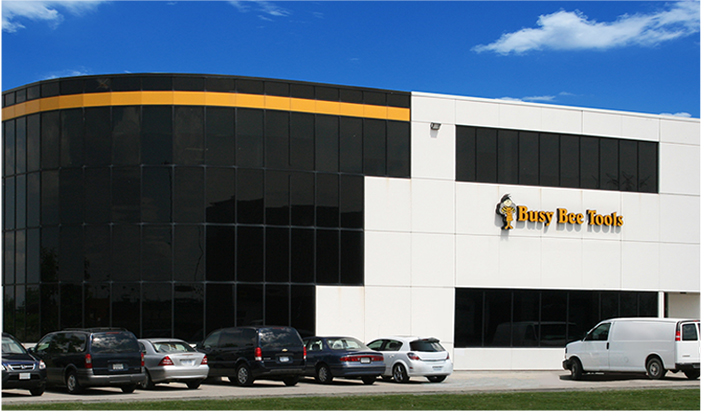Basics of using the Vertical Mill
By: Gord Thorogood
The small Vertical Mill may appear to be quite the simple machine but in order to get the desired results, the operator must follow a number of Do's and Dent’s every time the machine is used.
Ridgity is the number one requirement, so mounting on a proper base and setting up the machine is very important and can result in much heavier cuts and feeds. The variety of cutting tools that can be used in the mill is almost limitless including Drills, Reamers, End Mills, Slot Drills, Face Mills, Side Face Mills, Spot Facers, Fly cutters, Slitting Saws etc. Each has its own set of criteria that must be adhered to, rigidly if the machine is going to perform to its fullest potential.
The operator must keep in mind the proper cutting speeds and feeds for each material being cut and also select the proper tool for each operation. For example selecting an end mill depends on the material being cut and the type of cut i.e. cutting with the end, the side or both. If cutting on the side you should select the number of flutes and the diameter that will keep one cutting edge in contact with the work at all times. This varies with the depth of cut.
When running the machine always remember, when you move a component always remove the backlash and lock that part until you want to move it again.
When setting up for a job use a Dial Gauge to align the Quill with the table as most protractors on machines are for getting close only. There are only a few hints that will be of help and with a little practice you will be turning out professional quality projects in no time.
©Copyright 2010 by Busy Bee Machine Tools® Ltd. All rights reserved.





























